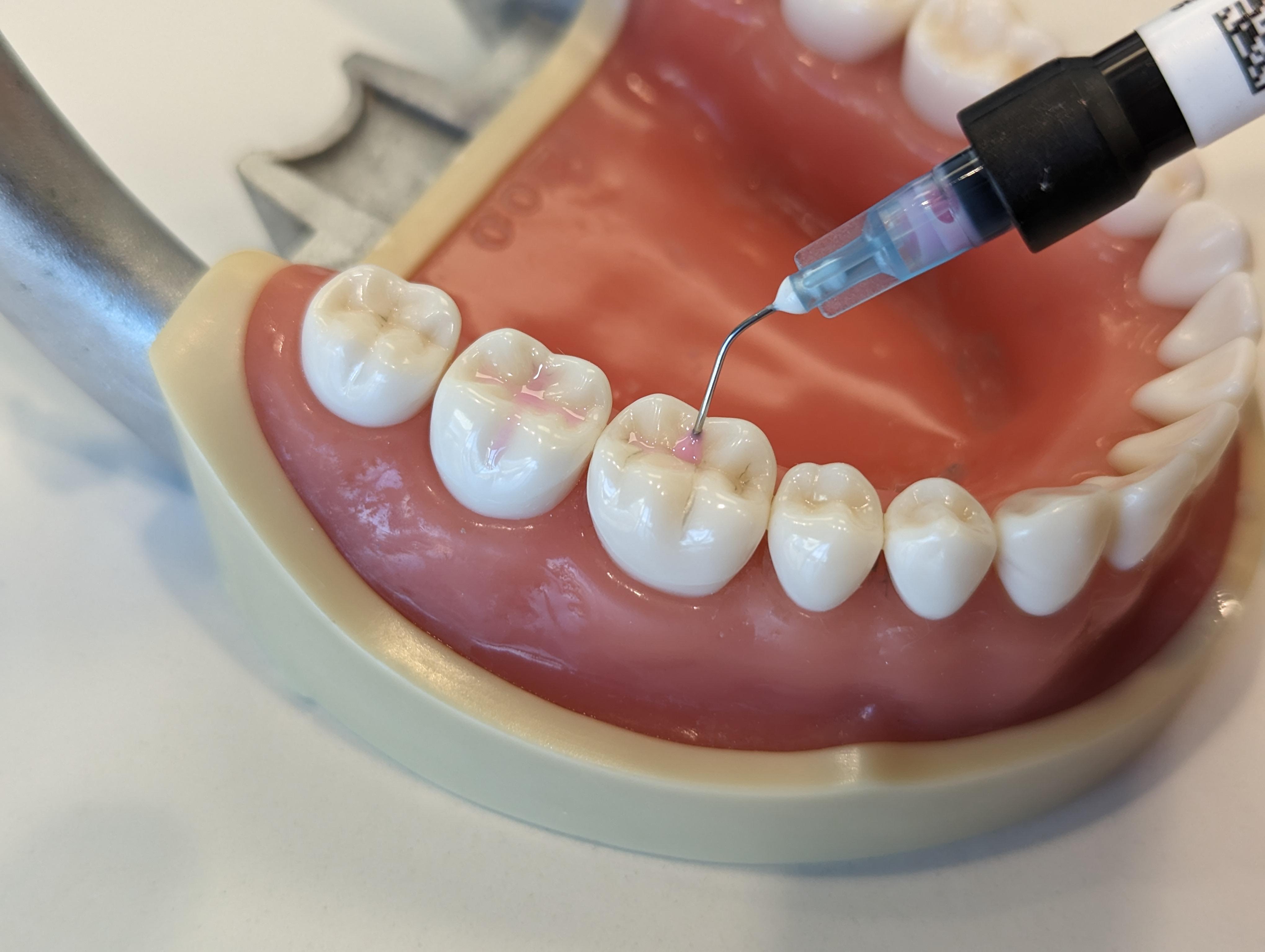As a children’s practice that focuses on education and prevention of decay, one of the best tools we have available to us are dental sealants. At some point in time you may hear us recommend this preventative service for your child, but what exactly are dental sealants, why are they recommended and how are they applied? Today we’ll answer some of those questions so we can demystify dental sealants and help you understand their benefits for your child.
What are Dental Sealants?
Dental sealants are thin, protective coatings that are applied to the chewing surfaces of the back teeth, namely the premolars and molars. These teeth have deep grooves and fissures, making them more susceptible to decay-causing bacteria. Sealants act as a barrier, preventing food particles, plaque, and bacteria from settling into these vulnerable areas.
Are sealants right for your child?
The teeth most commonly sealed are 1st and 2nd permanent molars, which erupt in children’s mouths around ages 6 and 12 respectively. So, the biggest determining factor on whether a tooth can be sealed is whether it has erupted in the mouth fully. At Destination Pediatric Dentistry, we are always monitoring the eruption of these teeth and will make a parent aware if those teeth are present and if we recommend sealants for your child. The other determining factor on whether your child can receive dental sealants is whether we determine that your child can sit through the sealant procedure itself. While the procedure is absolutely painless, it is necessary that the teeth are well isolated (meaning that the tongue and saliva cant touch the tooth while we are doing our work) and sometimes this can pose a problem for some children. If your child struggles with x-rays, the dental cleaning, or keeping still for short periods of time then they may not be ready for dental sealants. Their ability to sit for the dental sealant procedure and allow us to do quality work while maintaining a positive experience for them is something we are always assessing as well.
The Process
Applying dental sealants is a quick and painless process.
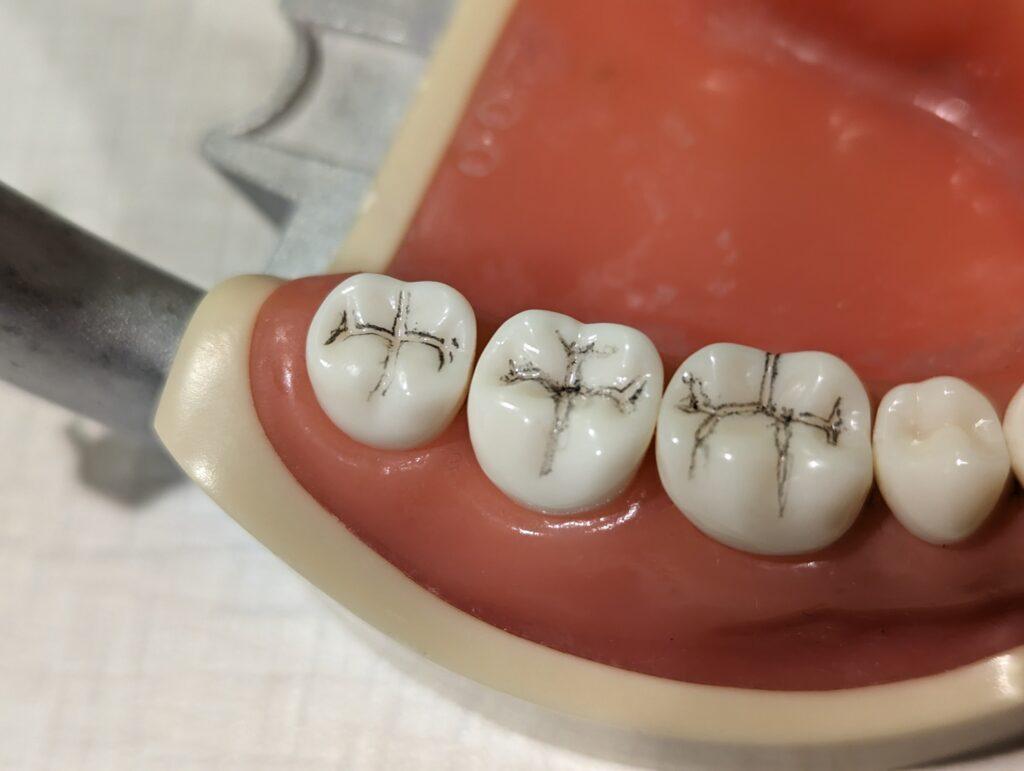
- Dr Matson will begin by thoroughly cleaning and drying the tooth surface.
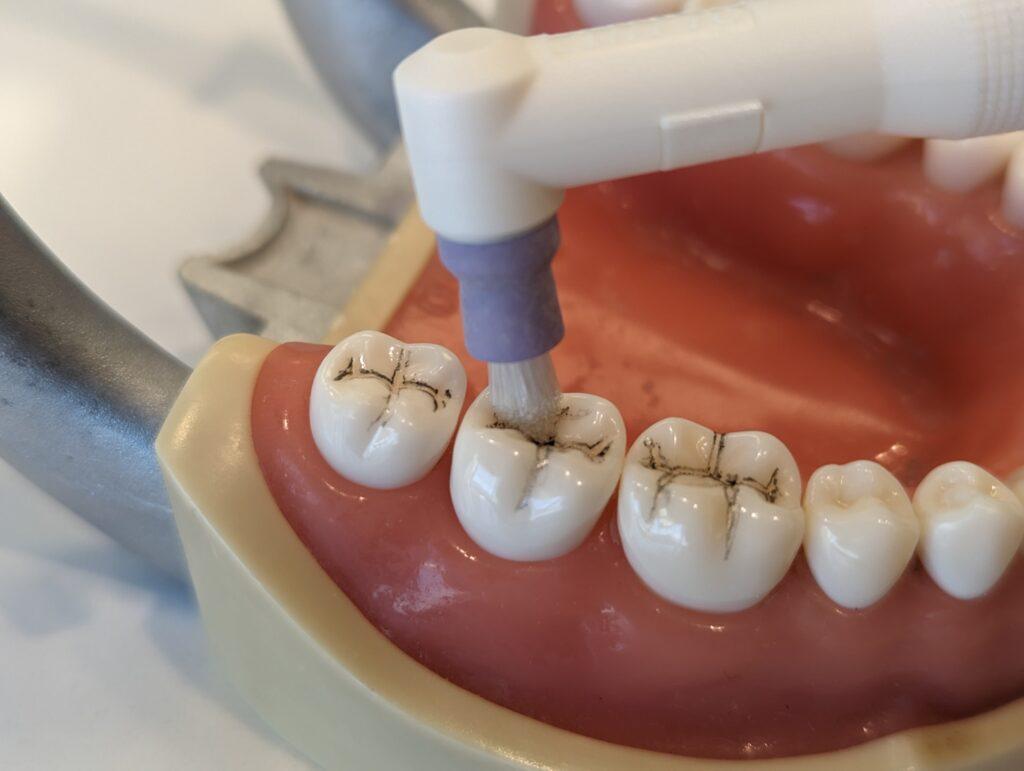
2. Next, a gentle acid solution is applied to create a rougher surface texture of the enamel, allowing the sealant to bond more effectively

3. Once the tooth is rinsed and dried again, a bonding agent is applied to the etched surface which increases the adhesive strength of the sealant material to the tooth.
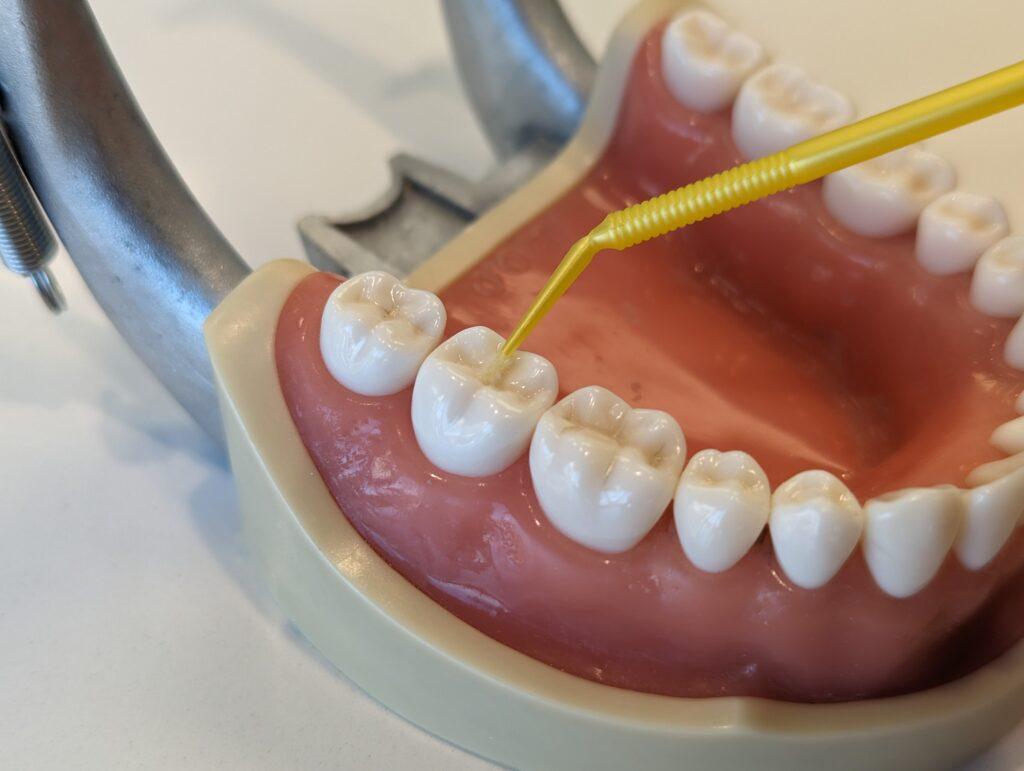
4. Lastly, the sealant is carefully painted onto the chewing surface and hardened using a special curing light.
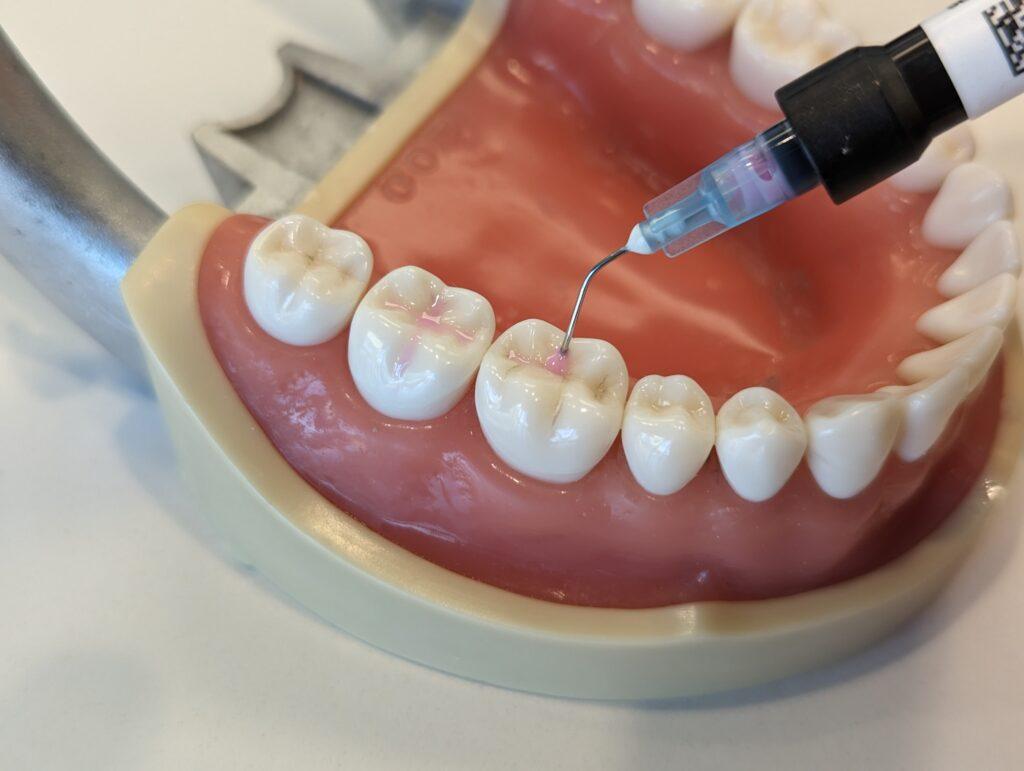
Voila! The tooth is now shielded against cavities on the surfaces that are sealed.
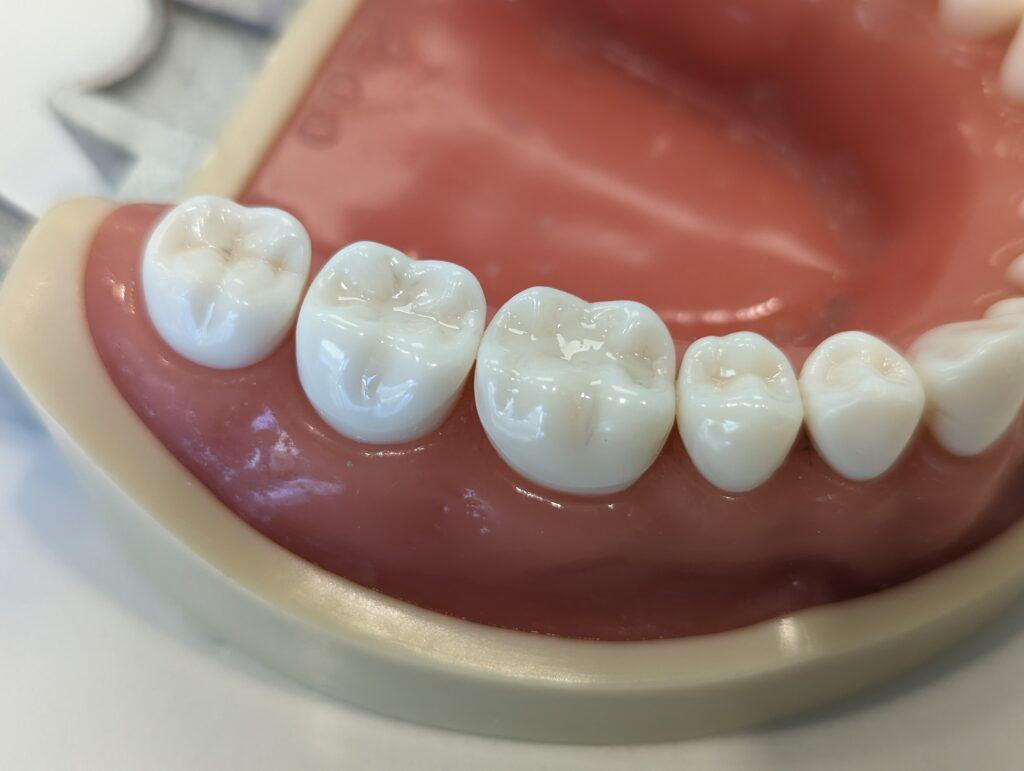
Research Supporting Dental Sealants:
Numerous studies have highlighted the effectiveness of dental sealants in preventing tooth decay, particularly in children and adolescents. Here are a few key findings:
1. American Dental Association (ADA):
The ADA asserts that dental sealants can reduce the risk of tooth decay by up to 80% in the first two years after application and continue to provide significant protection for up to nine years.
2. Centers for Disease Control and Prevention (CDC):
According to the CDC, children aged 6 to 11 years without sealants are three times more likely to develop cavities than those with sealants. Moreover, sealants have been found to be cost-effective, with potential savings outweighing the initial investment.
A comprehensive review conducted by the Cochrane Collaboration, an independent healthcare research organization, found that sealants are highly effective in preventing dental caries in permanent teeth. The study further emphasized the importance of proper sealant application and regular dental check-ups to maintain their longevity.
In Conclusion
Dental sealants serve as an invaluable tool in the fight against tooth decay, offering long-lasting protection for our precious pearly whites. By effectively sealing off the vulnerable grooves and fissures, sealants help maintain strong and healthy smiles for years to come. If you or your loved ones haven’t yet explored the benefits of dental sealants, we encourage you to consult with our team to determine if they are a suitable option for you. Remember, prevention is the key to a radiant smile!
Are you interested in sealants for your child? Contact us to schedule an appointment to see if your child would be a good candidate for dental sealants.
